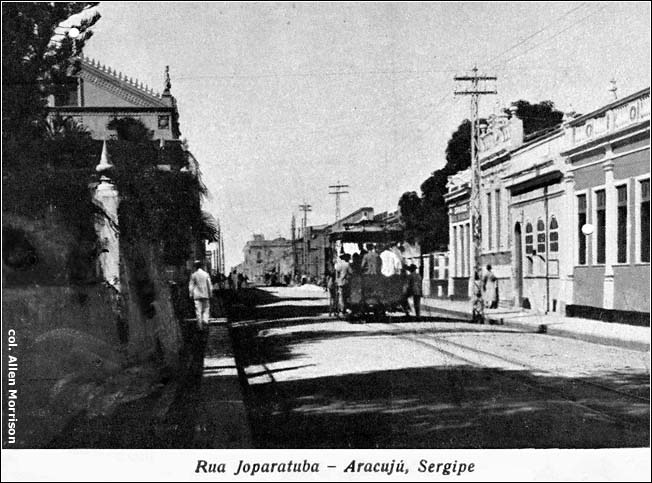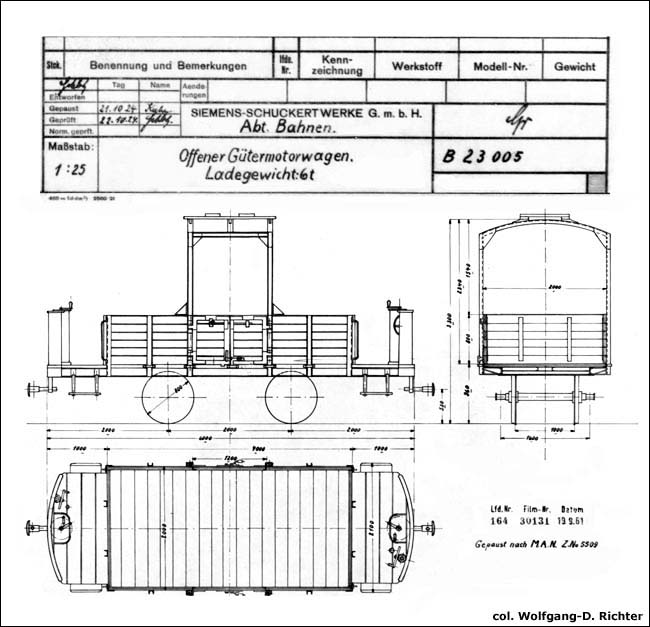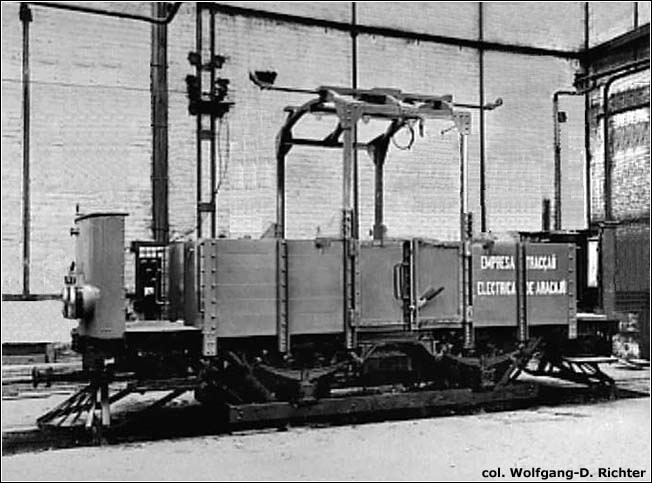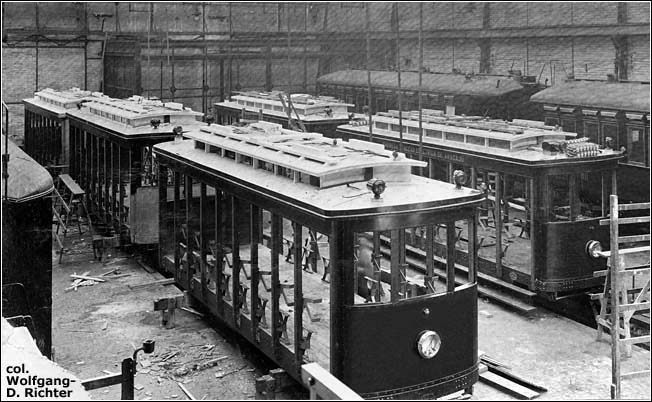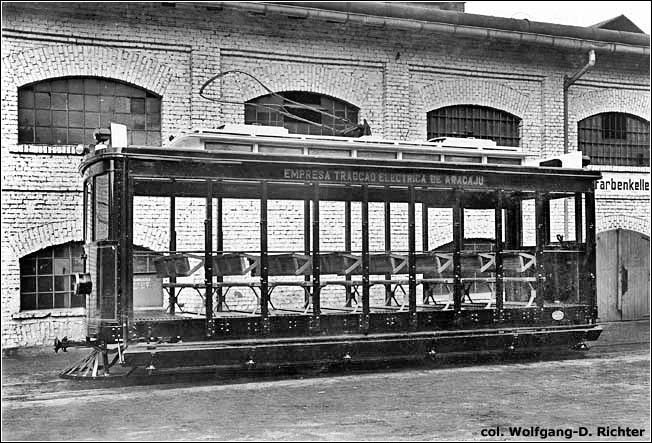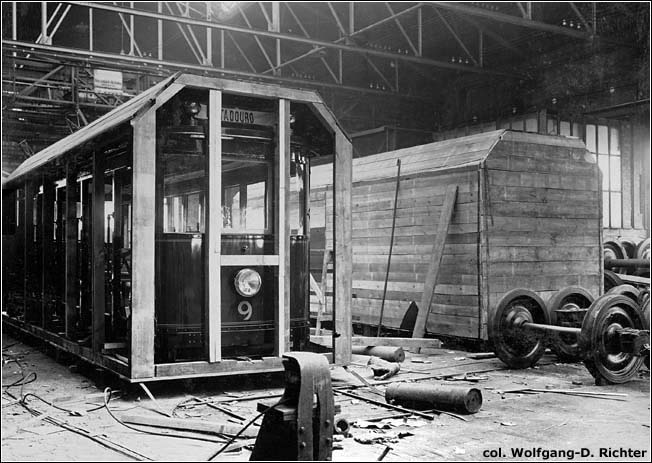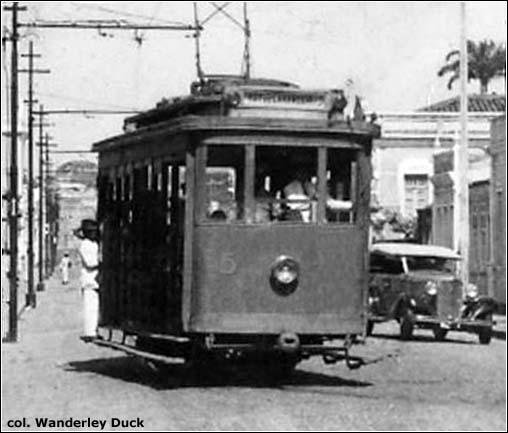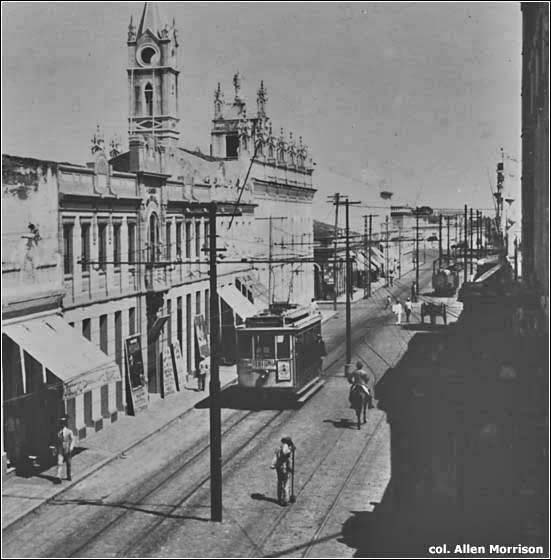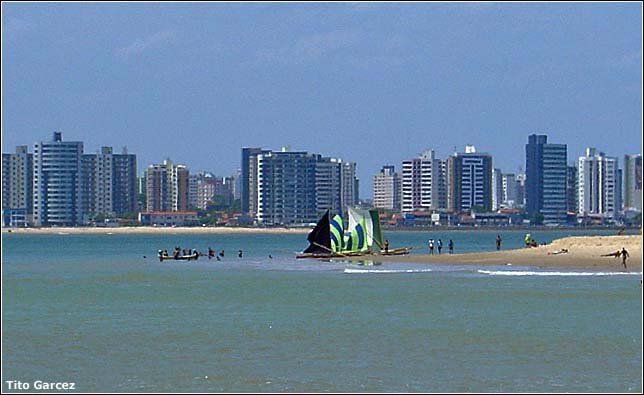The Tramways of BY
|
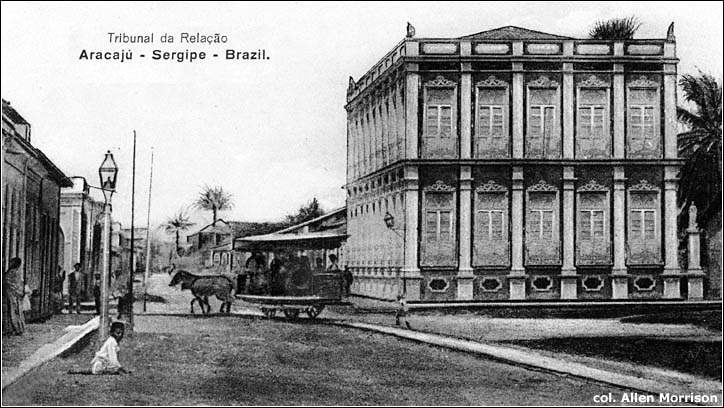
The city's horsecars were acquired second-hand from the tramway in nearby Salvador (Bahia state), which began electrifying its lines in 1897. By 1920, 55 animals were pulling 17 trams on 13 km of 800 mm gauge track in Aracaju [postcard, col. AM]:
The third illustration shows two cars crated and ready for shipment to Brazil. Tram 9 is already signed "Matadouro" (although the location of the Aracaju matadouro, stockyards, could not be determined) [col. Wolfgang-D. Richter]:
Dynamos, turbines, rails, wire and other materials began arriving in Brazil in late 1924. The 10 passenger cars and two work cars arrived in December 1925. The first tests on the line took place in March 1926, revenue service began on 2 June, and Aracaju's electric tramway was formally inaugurated on 13 August 1926 in the presence of Washington Luiz Pereira de Souza, the newly elected President of Brazil. The only electric tramway that opened later in Brazil was in Bom Sucesso (Minas Gerais), in 1930. The first electric tram line in Aracaju ran from the city center north to the Empresa Tracção Electrica shops and garage in the Industrial district [see map]. Track gauge was one meter [col. Wanderley Duck]:
|
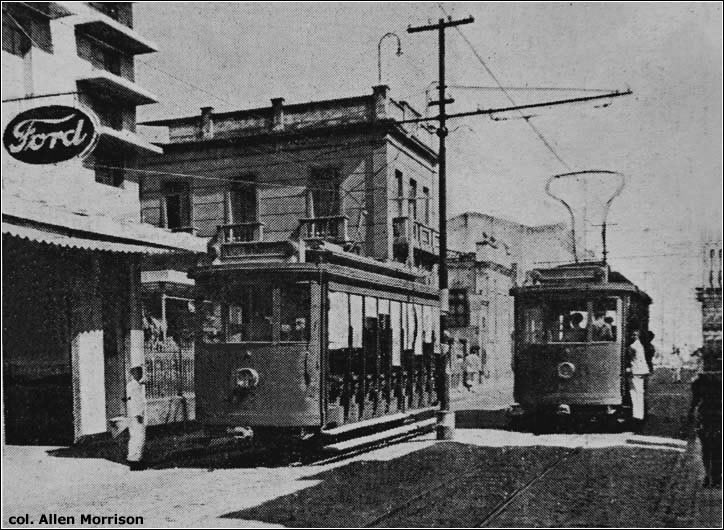
There is not an automobile in sight... [col. AM]
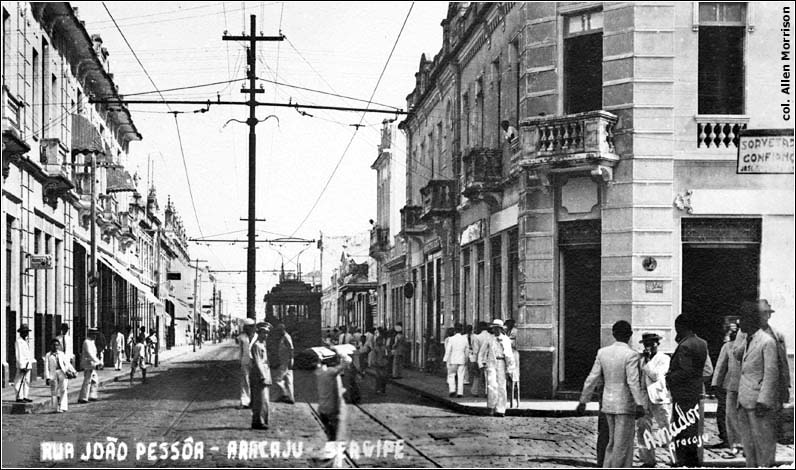
In the third view, note the man sweeping the rail, another on horseback, and a Gütermotorwagen in the distance [col. AM]:
|
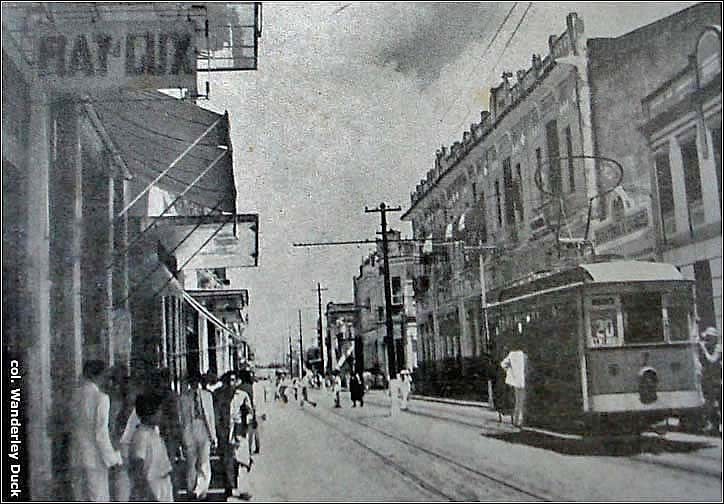
The next three illustrations show trams at Praça Fausto Cardoso, recently renamed Praça Almirante Barroso [see map]. The first view is northwest along Rua Itaporanga, today called Travessa José (de) Faro. The tram is turning left – north – onto Rua João Pessoa. The corner building is the former Assembléia Legislativa [col. Wanderley Duck]: |
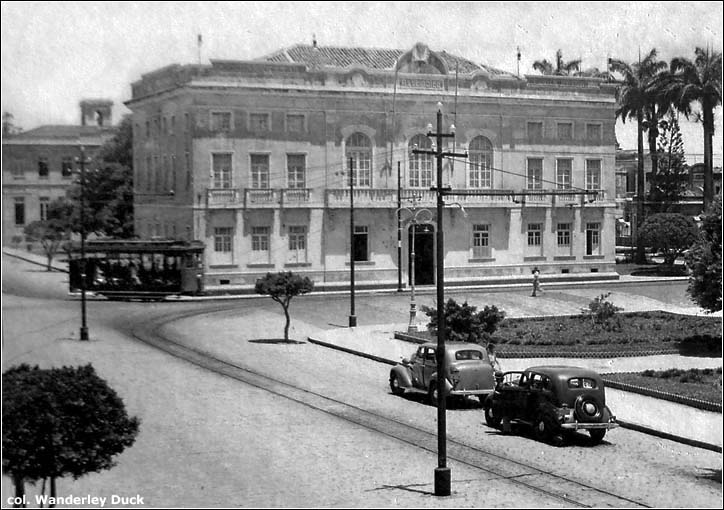
The second view looks southwest across Rua João Pessoa, with the Assembléia Legislativa on the left and the Palácio do Governo on the right [see map]. The elegant palácio, whose façade is illuminated at night, is now the Museu Olímpio Campos [postcard, col. AM]: |
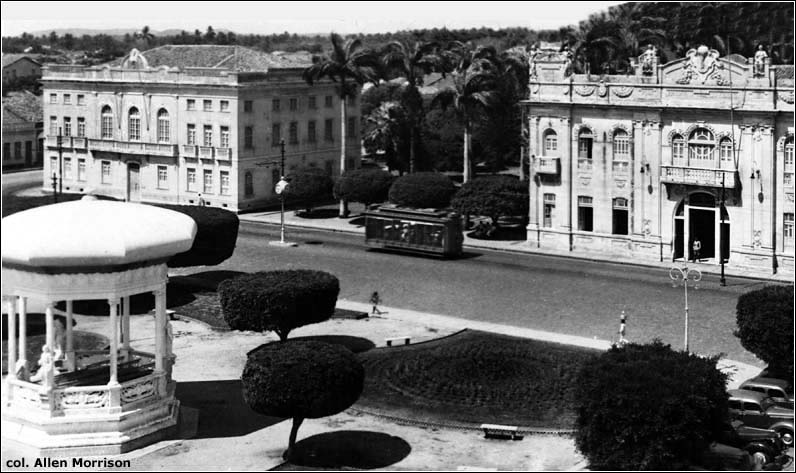
The view in this painting is north along Rua João Pessoa, with the Palácio do Governo on the left [see map]. Note that there is only a single tram track, but – inexplicably – there are three overhead wires. The clock can also be seen in the preceding illustration [col. Wanderley Duck]: |
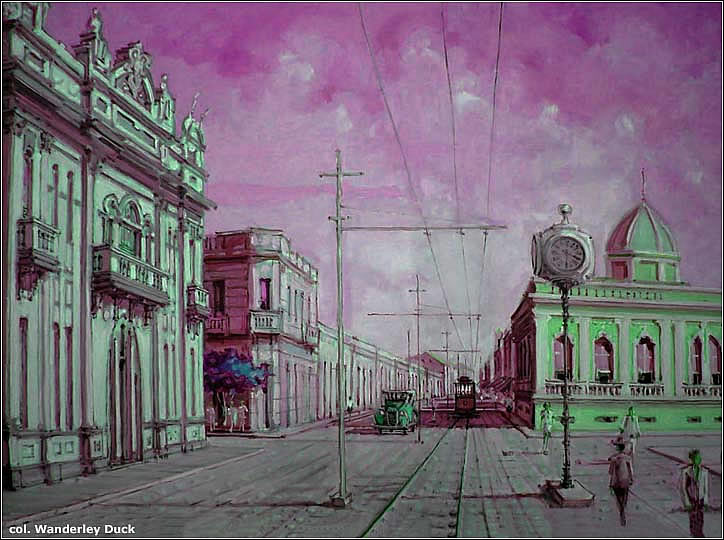
This view southeast from Santo Antônio Hill shows the terminus of the Santo Antônio tram line [see map]. Rio Sergipe and Barra dos Coqueiros (a sandbar on the Atlantic) are visible on the horizon [postcard, col. AM]: |
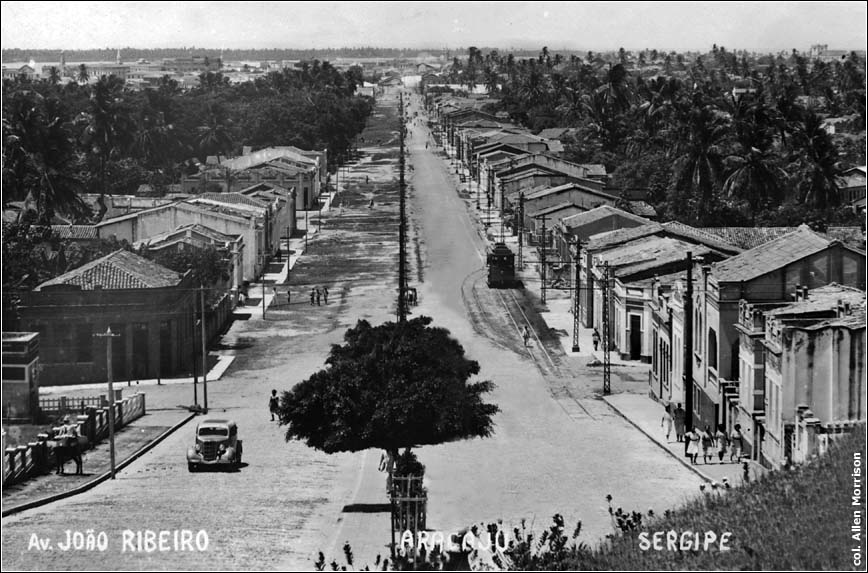
A Sergipe government survey reported that Empreza Tração Elétrica de Aracaju operated 10 passenger trams, 3 motorized work trams and 3 trail cars in 1935, one of the latter a carro fúnebre. The trailers were probably former horsecars, but the origin of the third Gütermotorwagen is unknown. ETEA carried 480,000 passengers in 1933, 570,808 in 1934 and 622,817 in 1935. Aracaju residents speak of a tram line to the 18 do Forte district, but its route could not be determined and is not shown on the map.
Tramway operation passed in 1936 to the state-run Serviços de Luz e Força, which closed the rail system in 1951. The horsecar lines had run about 20 years, the electric system 25. This photograph of the Aracaju skyline was taken in 2007 [Tito Garcez, Wikipedia Commons]:
BIBLIOGRAPHY "Empreza de Tracção Electrica de Aracaju" in Brazil-Ferro-Carril (Rio de Janeiro), 30/10/1924, p. 452. Tramway materials arrive at the ports of Maceió and Salvador. "Tramways" in Brazil-Ferro-Carril (Rio de Janeiro), 2/4/1925, p. 363. Tramway rails from Belgium arrive in Aracaju. "Tramways" in Brazil-Ferro-Carril (Rio de Janeiro), 16/4/1925, p. 416. Description of the 21 km tramway system and 12 cars. "Tramways" in Brazil-Ferro-Carril (Rio de Janeiro), 17/12/1925, p. 731. Ten electric trams arrive on the s.s. Bremerhaven. Untitled news items in Brazil-Ferro-Carril (Rio de Janeiro) of 3/6/1926, p. 645, and 27/5/1926, pp. 525-526. The first tests and the inauguration of service. Sergipe. Departamento Estadual de Estatística. O Estado de Sergipe em 1939. Aracaju, 1939. "Ferro-Carris", p. 60, presents Aracaju tramway statistics for 1933-1935. "Não está certo..." in Sergipe Jornal (Aracaju), 26/10/1951, p. 01. A front page article laments the sudden closure of the tramway system. "Edvaldo entrega à população histórico abrigo de ônibus revitalizado da Praça do Mini-Golfe" in Prefeitura de Aracaju, 15/2/2008. The Aracaju mayor restores an old tram (later bus) waiting station. 20 photographs. "O Bonde em Aracaju" in Aracajuantigga [sic], 26/1/2009. Four tram illustrations, brief history. "Palestra sobre os Bondes em Aracaju" em Willyshistória, 19/2/2009. Interesting data on the horsecar system.
The autor wishes to thank Aracaju resident Amâncio Cardoso for locating the Sergipe Jornal article noted above which finally, after many years of search, revealed the date of closure of the Aracaju tramway system.
See my index of If you have comments, criticism or suggestions, This site was placed online on Copyright © 2011-2111 Allen Morrison |
